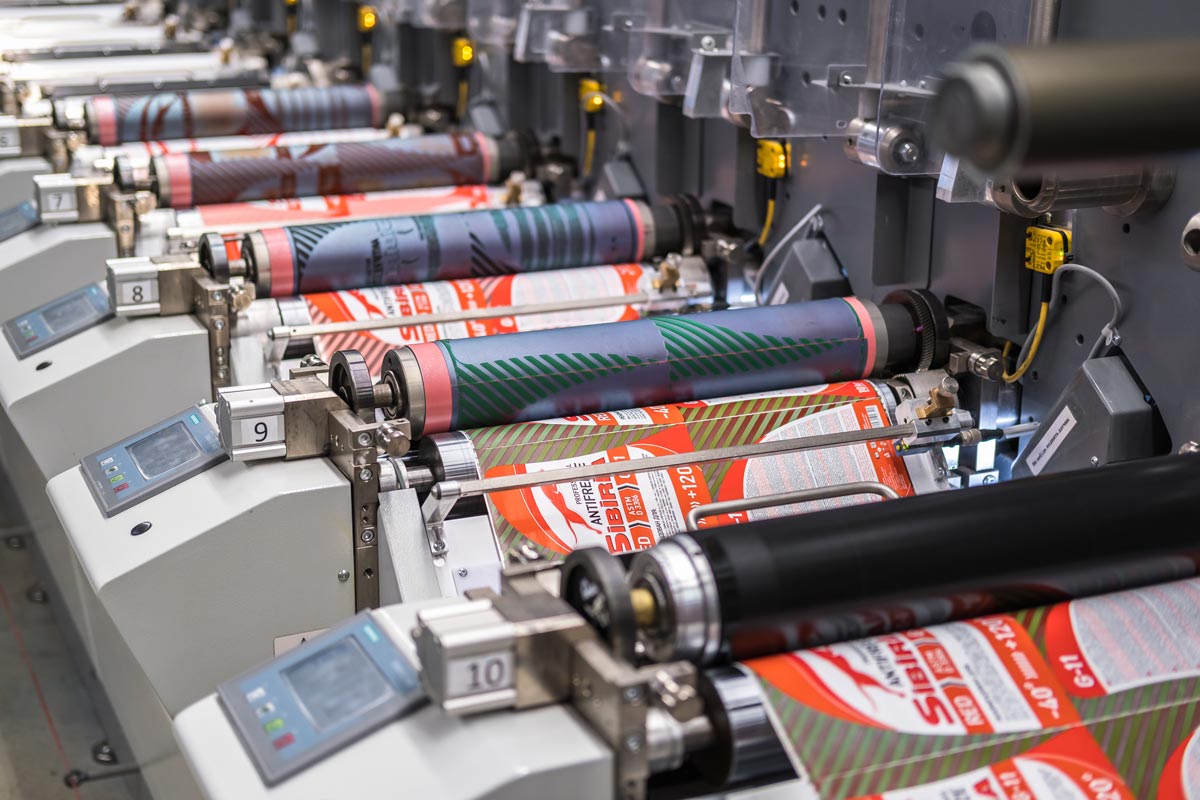In recent years, the concept of ESG compliance has gained significant traction across various industries. The flexo printing sector is no exception. Understanding and implementing strategies for ESG compliance in flexo printing is crucial for businesses aiming to thrive in today’s environmentally conscious market. This article delves into the essence of ESG compliance and its implications for flexo printing professionals.

What is ESG Compliance?
The acronym ‘ESG’ stands for Environmental, Social, and Governance. These three facets represent the critical pillars of a company’s sustainability and ethical impact. ESG compliance involves adhering to guidelines and practices that ensure a business operates responsibly towards the environment, society, and its own governance structure.
Why is ESG Compliance Important in Flexo Printing?
Incorporating ESG compliance in flexo printing is vital for multiple reasons. First, it aligns with the growing consumer demand for sustainable products. Secondly, it helps companies avoid regulatory penalties and enhances their reputation. Furthermore, businesses that prioritize ESG compliance often experience improved operational efficiency and reduced waste, leading to cost savings.
Environmental Considerations
The environmental component of ESG focuses on minimizing the ecological footprint of business operations. In the context of flexo printing, this involves using eco-friendly inks, reducing emissions, and managing waste effectively. For instance, adopting solvent recovery systems can significantly cut down on harmful emissions.
Social Responsibility
Social responsibility within ESG pertains to how businesses interact with their employees, customers, and the community. For flexo printers, this means ensuring fair labor practices, engaging in community outreach, and providing safe working conditions. Companies that prioritize social responsibility often enjoy higher employee satisfaction and customer loyalty.
Governance Practices
Good governance is about ensuring transparency, accountability, and ethical decision-making within an organization. For flexo printing companies, this might involve establishing clear policies for ethical sourcing of materials and maintaining transparent financial practices.
Steps to Achieve ESG Compliance in Flexo Printing
Assessment and Planning
The first step towards ESG compliance is conducting a thorough assessment of current practices. This involves identifying areas of improvement and setting realistic sustainability goals. Companies should consider engaging with flexographic printing experts to guide this process.
Implementing Sustainable Practices
Once goals are set, the next step is to implement sustainable practices. This could involve investing in energy-efficient machinery, such as the latest flexographic printing machines, or switching to biodegradable inks.
Monitoring and Reporting
Ongoing monitoring and transparent reporting are essential to maintain ESG compliance. Companies should regularly evaluate their practices against their sustainability goals and adjust strategies as necessary.
Challenges in Achieving ESG Compliance
While the benefits of ESG compliance are undeniable, achieving it can be challenging. Common obstacles include high initial costs, complexity in measuring ESG metrics, and resistance to change within the organization.
Overcoming Resistance
One way to overcome resistance is through education and training. Employees need to understand the importance of ESG compliance and how their roles contribute to the company’s sustainability goals.
Investing in Technology
Investing in new technologies can also help overcome challenges. For example, advanced ink drying systems can improve efficiency and reduce waste.
The Future of ESG Compliance in Flexo Printing
The future of ESG compliance in flexo printing looks promising as more companies recognize its value. With continued innovation and commitment from industry leaders, ESG compliance will become a standard practice, leading to a more sustainable and responsible printing industry.
Regulatory Trends
Regulatory bodies are increasingly emphasizing the importance of ESG compliance. Staying ahead of these trends will be crucial for businesses to remain competitive.
Consumer Expectations
As consumers become more informed, their expectations for sustainable practices will continue to rise. Companies that proactively address these expectations will likely enjoy a competitive advantage.
Conclusion
Embracing ESG compliance in flexo printing is not just a regulatory requirement but a strategic move towards sustainability and long-term success. By aligning with ESG principles, flexo printing companies can enhance their brand image, reduce costs, and contribute positively to the environment and society.

Frequently Asked Questions
What are the main components of ESG compliance?
ESG compliance consists of three main components: Environmental, Social, and Governance. These components guide companies in operating responsibly and sustainably.
How can flexo printing companies implement ESG practices?
Flexo printing companies can implement ESG practices by adopting eco-friendly materials, investing in energy-efficient technology, and ensuring ethical governance and social responsibility.
Why is ESG compliance becoming more important?
ESG compliance is becoming more important due to increasing regulatory pressure, consumer demand for sustainability, and the potential for cost savings through improved operational efficiency.






